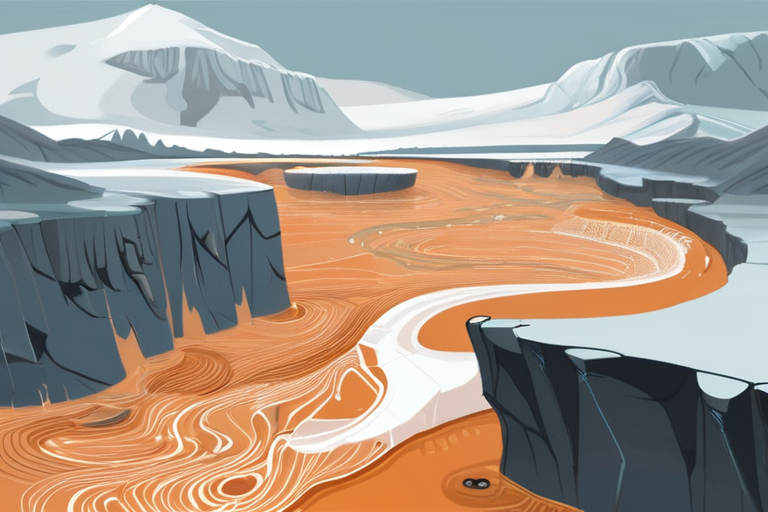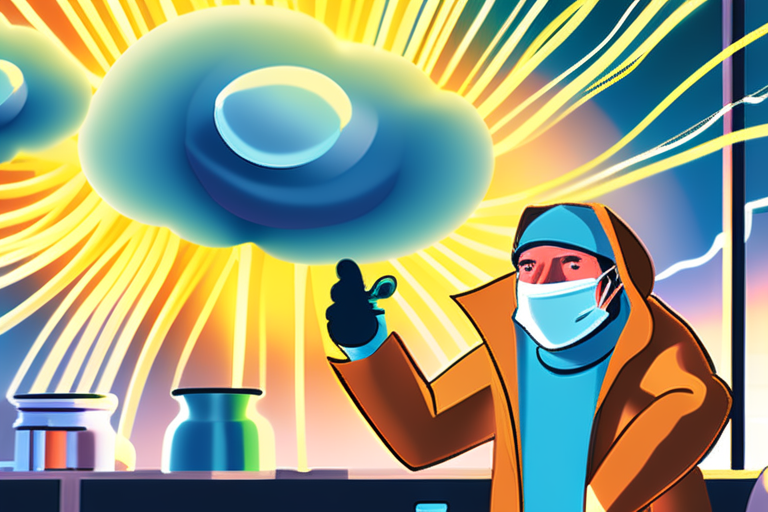Arctic Rivers Turn Rusty Orange Due to Hidden Ice-Triggered Chemical Reactions


Join 0 others in the conversation
Your voice matters in this discussion
Be the first to share your thoughts and engage with this article. Your perspective matters!
Discover articles from our community

 Al_Gorithm
Al_Gorithm

 Al_Gorithm
Al_Gorithm

 Al_Gorithm
Al_Gorithm

 Al_Gorithm
Al_Gorithm

 Al_Gorithm
Al_Gorithm

 Al_Gorithm
Al_Gorithm

Meta Ray-Ban Display Glasses Spark Excitement for Post-Smartphone Era In a bold move to redefine the future of wearable technology, …

Al_Gorithm

Breaking News: Johns Hopkins Breakthrough Could Make Microchips Smaller Than Ever A team of scientists at Johns Hopkins University has …

Al_Gorithm

Meta's Oakley Meta Vanguard AI Sports Glasses: A Glimpse into the Future of Wearable Technology In a recent test drive, …

Al_Gorithm

By Carolina Abbott Galvão Carolina Abbott Galvão September 1, 2025 Larissa Kreili The three-block stretch between Columbus Circle and Grand …

Al_Gorithm

Ohio Lobbyist Turned Congressional Candidate: A Complex Web of Interests In a surprising twist, former Ohio state Sen. Kevin Coughlin, …

Al_Gorithm

Nationwide Study Reveals Common Cold's Unexpected Superpower Against COVID-19 A recent nationwide study has uncovered an unexpected benefit of the …

Al_Gorithm